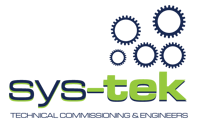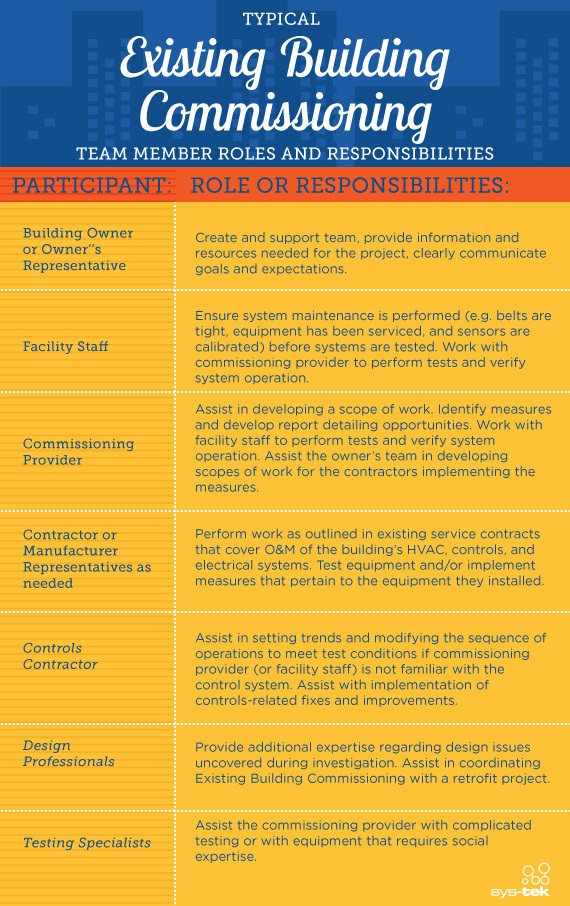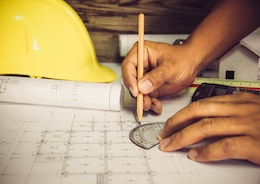Managing building energy consumption through retro-commissioning
Jul 15, 2013
In 2012, commercial buildings and industrial plants in the U.S. accounted for approximately 50 percent of the nation’s energy consumption, adding up to nearly $400 billion in energy costs.
The biggest contributing factor to the energy expenditure of residential and commercial buildings is heating, ventilating, and air conditioning (HVAC), which also provides the biggest opportunity for energy savings. Depending on your geographical location, climate, and type of building, HVAC and water heating combined may account for as much as 59% of your building’s total energy consumption.
The Federal Better Buildings Challenge, launched in 2011, asks leading organizations to commit to reducing the energy use of their buildings by at least 20 percent over the course of 10 years. Older buildings, or buildings in which the HVAC systems have not been properly maintained, provide an opportunity for significant energy savings and cost reduction through retro-commissioning (RCx). The target 20 percent energy reduction is not only achievable with retro-commissioning — the process of making building systems work at the highest possible performance — but the resulting energy savings can pay for the building enhancements in just over one year. In a 2009 study by Lawrence Berkeley National Laboratory that monitored 643 buildings over ten years, an average of 16% energy savings was experienced by existing buildings, and the typical cost payback was achieved in only 1.1 – 4.2 years.
If you are considering retro-commissioning for your building, our Purchase Guide to Retro-Commissioning can help you find an agent with the proper qualifications and experience. A typical RCx project will include the following approaches:
- Make sure systems are off when not needed. Building Automation can create significant energy reduction and cost savings in the areas of lighting, Variable Air Volume (VAV) Retrofit, and Replace Roof-top HVAC units.
- Make sure systems are working properly when running. Even minor changes or small upgrades to a building’s systems can put an end to energy leaks or inefficient equipment that results in rising energy costs.
- Look for ways to improve energy usage. Several areas of improvement are available to building owners, including replacing old and inefficient lighting; replacing old HVAC units; improving the building envelope to prevent energy loss through cracks, windows, insulation, and doors; improving control systems; using high-efficiency motors; and changing to low-flow water fixtures.
For more information about the potential cost-savings and energy reductions available through retro-commissioning, contact sys-tek or sign up for a free RCx analysis.








